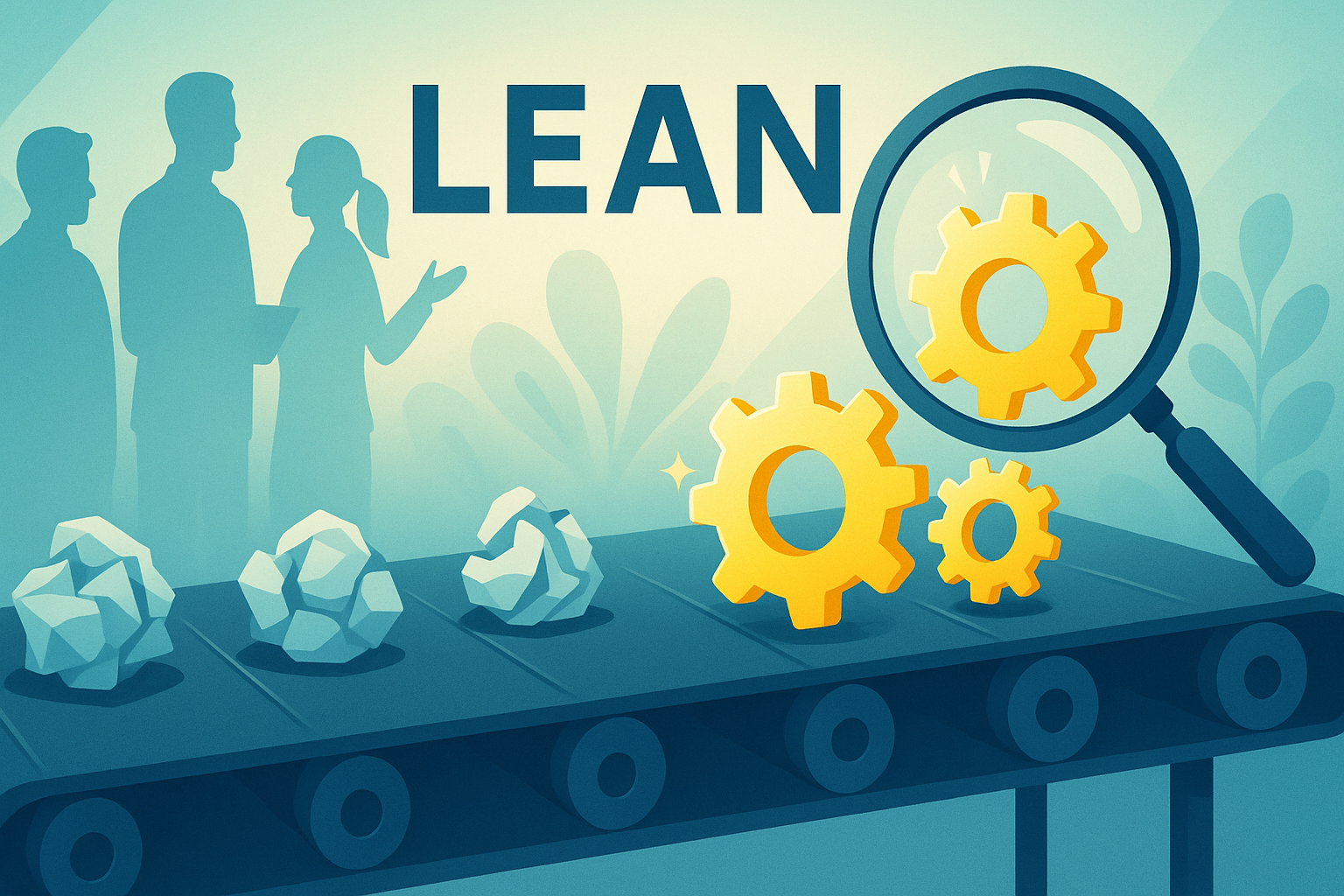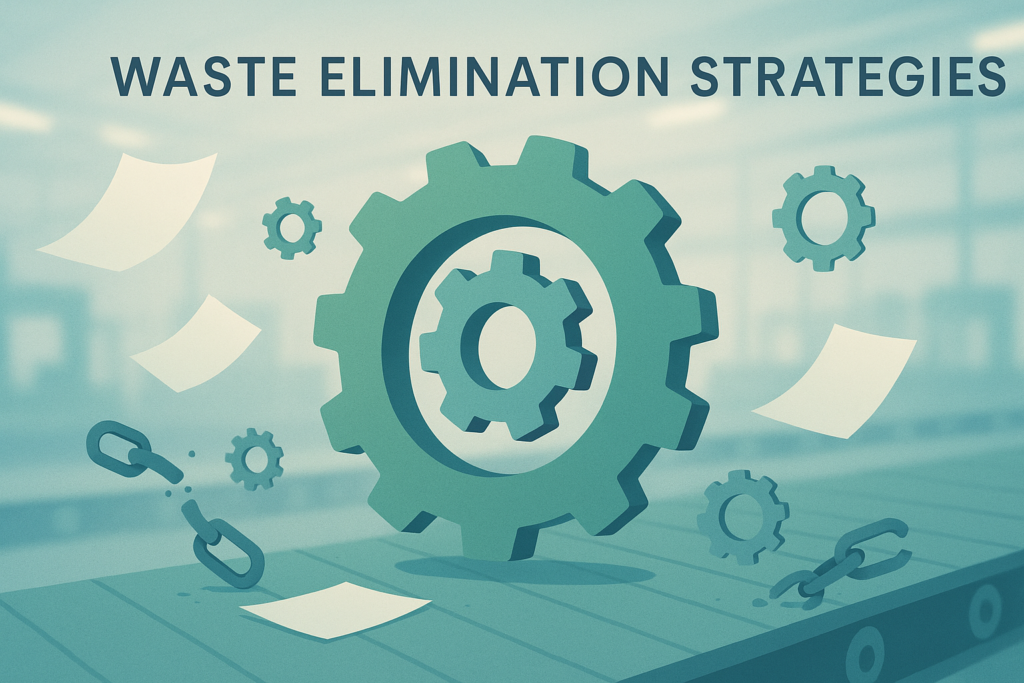Waste Elimination Strategies: Lean’s Secret to Success
Hey there! If you’re in the business world, you’ve probably heard of “Lean” methodologies. But what exactly makes Lean so successful? 🎯 Today, we’ll dive into one of its core principles: waste elimination. By the end of this read, you’ll have actionable strategies to streamline your processes and boost efficiency. Let’s get started!
Table of Contents
1. Introduction to Lean Methodology
2. Understanding Waste in Lean
3. The Seven Wastes of Lean
4. Strategies for Effective Waste Elimination
5. Conclusion
6. FAQs
Introduction to Lean Methodology
Lean methodology is all about creating more value for customers with fewer resources. Originating from Toyota’s production system, Lean has revolutionized how companies operate by focusing on efficiency and continuous improvement. But the secret sauce? It’s all about eliminating waste. Let’s explore how this works!

Understanding Waste in Lean
In Lean, waste is anything that doesn’t add value to the customer. It’s like the clutter in your garage—unnecessary and taking up space. 🚗 The goal is to identify and remove these inefficiencies. But, what does “waste” look like in a business context?

The Seven Wastes of Lean
Lean identifies seven types of waste, often remembered by the acronym TIMWOOD:
1. **T**ransportation: Unnecessary movement of products.
2. **I**nventory: Excess products and materials not being processed.
3. **M**otion: Unnecessary movement of people or machinery.
4. **W**aiting: Idle time when resources are not in use.
5. **O**verproduction: Producing more than is immediately needed.
6. **O**verprocessing: Doing more work than is necessary.
7. **D**efects: Efforts caused by rework, scrap, or incorrect information.
Recognizing these wastes is the first step to eliminating them.
Strategies for Effective Waste Elimination
Now that we’ve identified the types of waste, let’s look at some strategies to tackle them:
1. **Value Stream Mapping**: Create a visual map of every step in your process. This helps identify where waste occurs and how to remove it. 🗺️
2. **5S Methodology**: Organize your workplace efficiently with Sort, Set in order, Shine, Standardize, and Sustain. This keeps waste at bay and boosts productivity.
3. **Kaizen**: Embrace continuous improvement. Regularly review processes and involve all team members in suggesting improvements. Small changes can lead to significant results! 🌟
4. **Just-In-Time Production**: Produce only what is needed, when it is needed. This reduces inventory waste and increases efficiency.
Conclusion
Eliminating waste is crucial for the success of Lean methodologies. By understanding and applying these strategies, you can create a more efficient, productive, and customer-focused business. Remember, it’s all about adding value and cutting out what doesn’t serve that purpose.
FAQs
Q1: What is Lean methodology?
A: Lean is a production practice that focuses on creating more value for customers with fewer resources by eliminating waste.
Q2: What are the seven wastes of Lean?
A: The seven wastes are Transportation, Inventory, Motion, Waiting, Overproduction, Overprocessing, and Defects.
Q3: How can I start implementing Lean in my business?
A: Begin by mapping your value stream to identify waste, then apply strategies like 5S, Kaizen, and Just-In-Time production to streamline processes.
Q4: What is the 5S methodology?
A: The 5S methodology is a system for organizing a workspace for efficiency and effectiveness by sorting, setting in order, shining, standardizing, and sustaining.
With these insights, you’re well on your way to transforming your processes and achieving Lean success. Happy optimizing! 🚀











